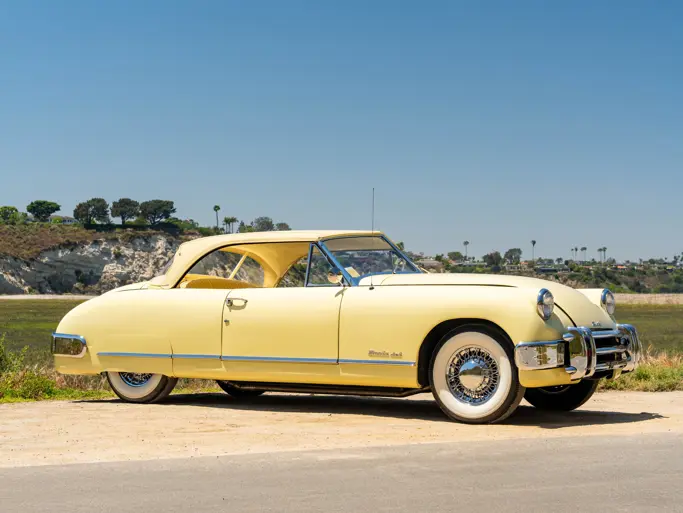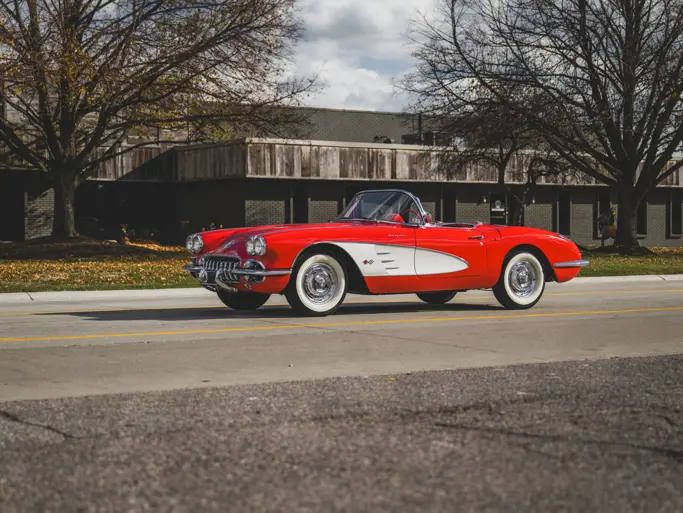16.5 hp, 569 cc OHV inline four-cylinder engine, four-speed manual transmission with reverse, independent front suspension, solid rear axle with transverse leaf spring suspension, and hydraulically assisted four-wheel drum brakes. Wheelbase: 2,000 mm
In 1949, Fiat debuted the third series of its iconic 500 ‘Topolino’, the 500 C, at the Geneva Motor Show. By now, the “Little Mouse” boasted fully modern bodywork, with headlamps blended into the front wings, a horizontal grille, the spare wheel and tire relocated into a special recess in the rear, and a luggage compartment accessible from the driver’s seat. It even incorporated a heater, something which, the Quattroruote Collection catalogue wryly notes, “triggers the envy of those who have a 500 A or B”. Underneath, however, the 500 C boasted the same simple but indestructible engineering that it always had, including the small OHV four-cylinder engine. Why mess with a good thing?
Production of the 500 C continued until 1955, when the ‘Topolino’ finally puttered off into the sunset, making way for the new 600—a model that would be as earth shattering in the post-war era as the ‘Topolino’ had once been in the 1930s. Thus, the 500 C went down in history as the last iteration of one of the most important and popular Italian automobiles ever made, a vehicle that became a legend in its own time and has never lost that status.
The Quattroruote Collection 500 C was acquired in 1991 from Elena Marie Scevola Ruscellotti of Milano, from whom the Collection’s 1955 Lancia Appia had been purchased several decades prior. No previous owners are recorded in the Italian registration documents on file, and given that the Appia had also remained with the Scevola Ruscellotti family from new, it is likely this is also true of the ‘Topolino’. It appears to have been subsequently restored to original condition and is still in good condition throughout, including a beautifully kept interior and good paintwork, as well as the desirable sunshine roof.
A fine example of a charming automobile, this 500 C would be a wonderful, good-natured addition to any collection, particularly one that seeks to tell the history of the motorcar from an Italian viewpoint—just as the Quattroruote stable has sought to do for five decades.
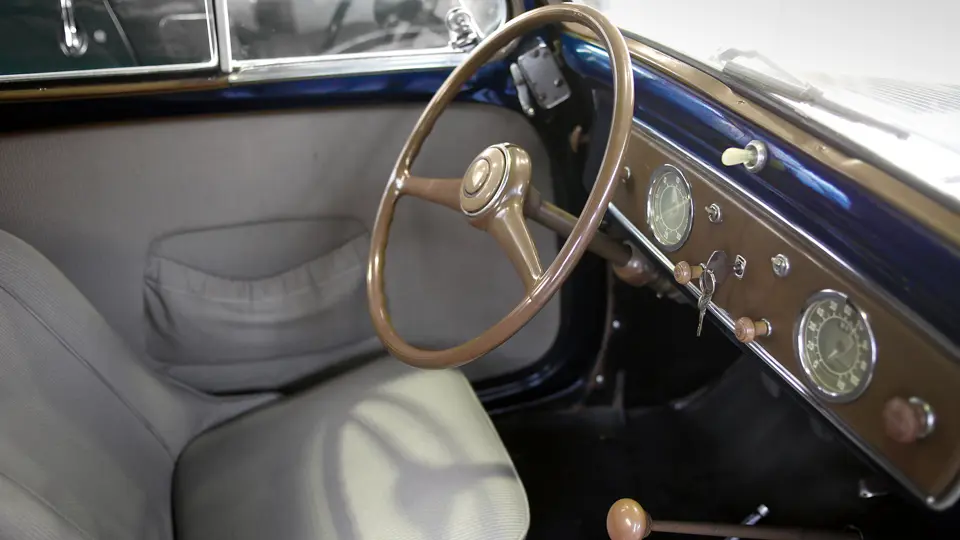
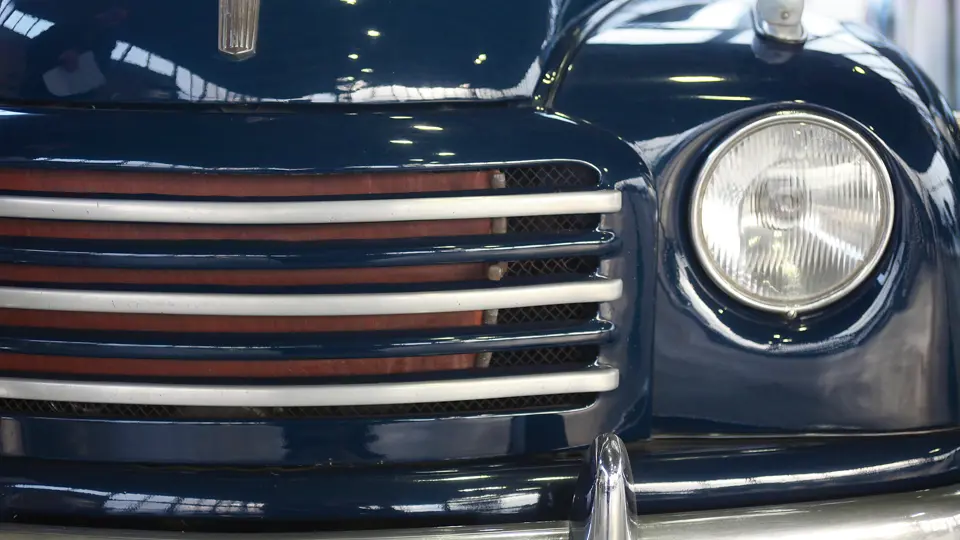


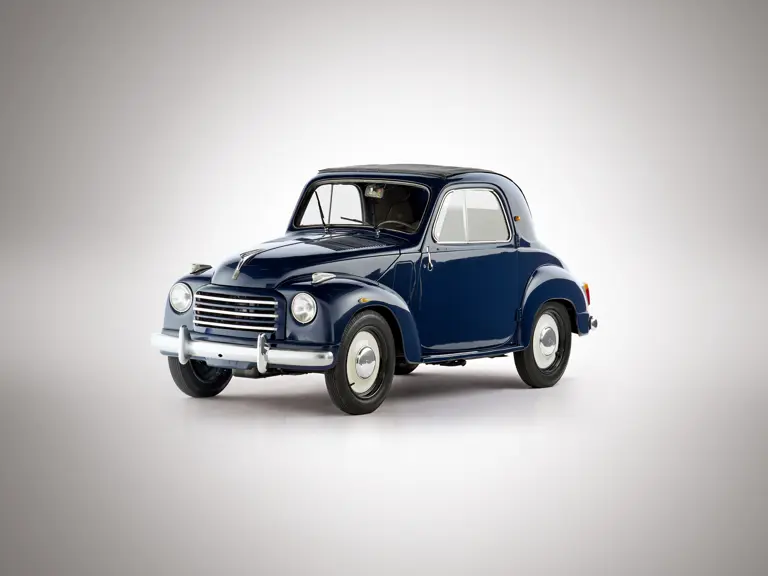
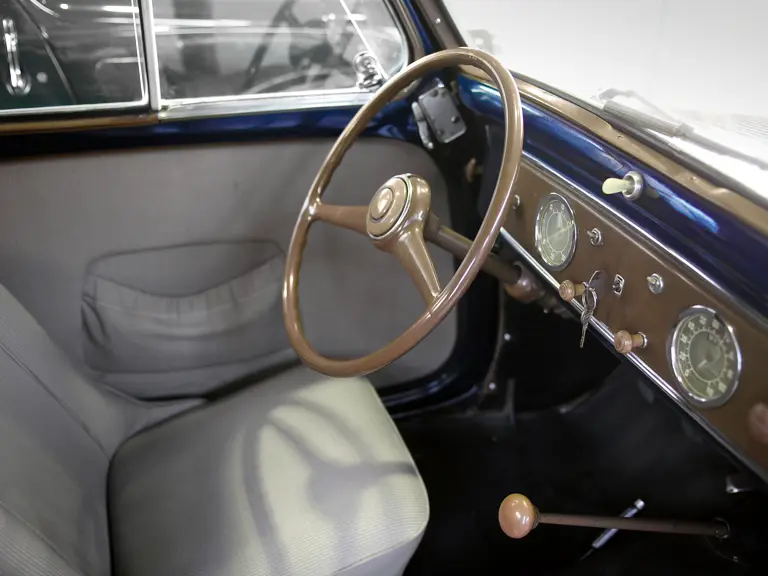
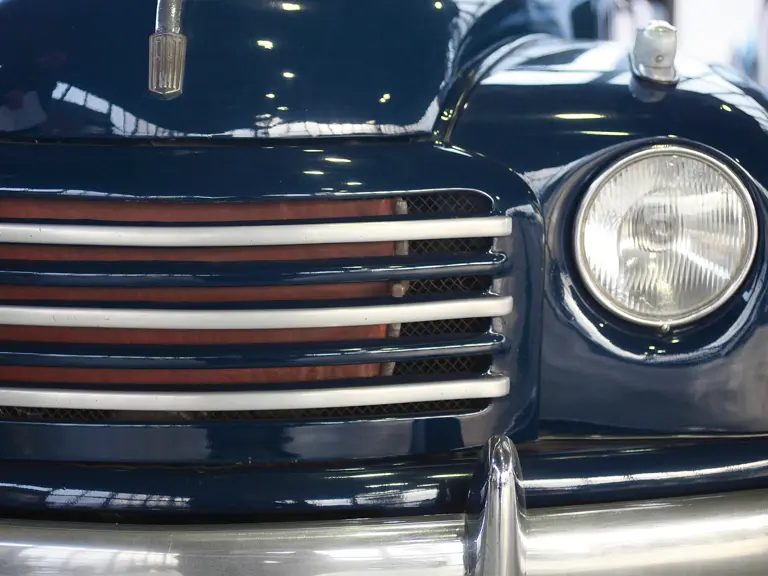

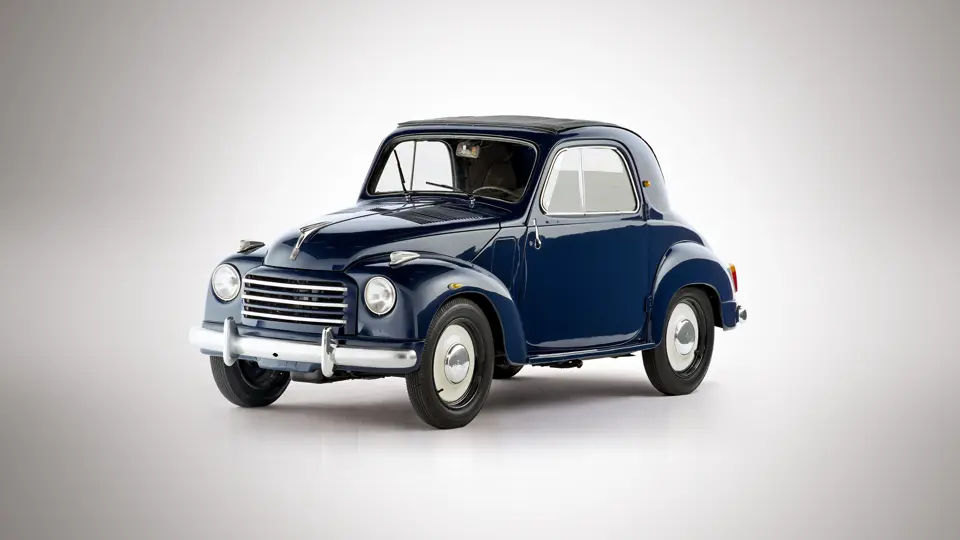
 | Monte Carlo, Monaco
| Monte Carlo, Monaco
